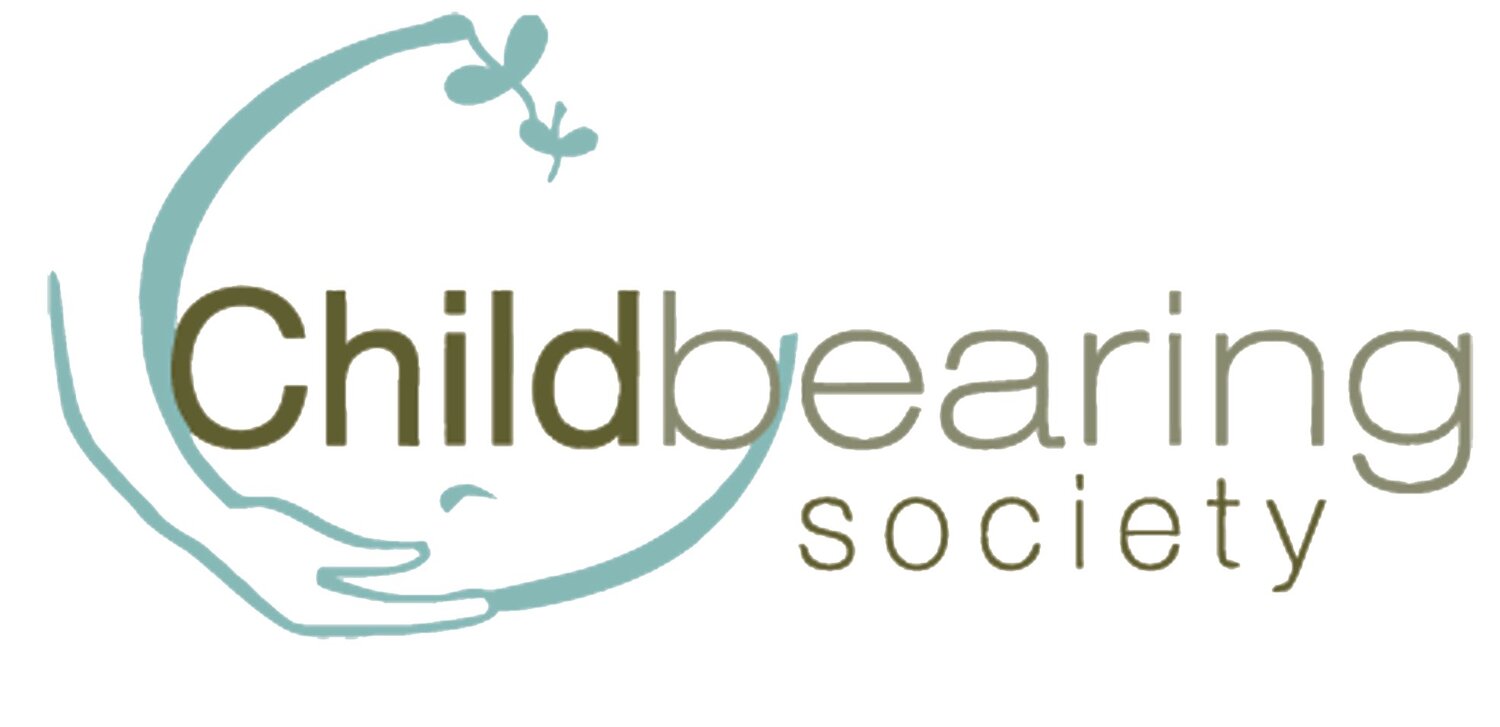The Pursuit of Proximity
When asked to write about attachment and infants I decided to prime my thoughts about this time of my life by watching home videos of the birth and early months of my children’s lives. Surprisingly, it wasn’t in the videos where my thoughts on attachment and infants started but it was in the fact that my fourteen and twelve-year-old children wanted to sit next to me and watch my son’s birth and the moment they met. I realized, while we were smiling and laughing together, that all the time and effort I spent caring for and responding to my children when they where infants led to the kind of relationship in which they wanted to be with me now.
Often when I tell people that I support attachment parenting they will respond with, “you’re one of those parents”, and I will see their eyes roll. People often misunderstand the word “attachment” and confuse it with baby bonding or spoiling a child by not establishing rules or boundaries.
The definition of attachment that resonates with my intuition is that of Dr. Gordon Neufeld.
“attachment is the pursuit and preservation of proximity, of closeness and connection: biologically, physically, behaviourally, emotionally and psychologically”
(Gordon Neufeld, Hold On To Your Kids, page 17).
Put another way, every human has the instinct, need and drive to connect with other humans. When our new babies are first placed in our arms they exhibit a drive to connect in their motions. Their lips suck and their heads move in search of someone, they will turn towards the sounds of human voices (especially those of their parents), and if you put them down they will cry to be picked up and held.
In our infants this need to connect is purely about survival. Their dependence on adults for everything, drives their relentless pursuit for connection, seeking for their needs to be met. I remember the struggle to have a shower, or even just go to the bathroom, while having my babies stay connected to me: leaving them sleeping on the shirt with the most breast milk stains so they would smell my scent; constantly singing so they could hear my presence (I still do this with my children.); and, pumping what seemed liked endless amounts of breast milk for others to feed them. The moment the connection is broken, we are made immediately aware–there is no mistaking the cry of panic that alerts us that we are desperately needed.
Fulfilling this drive to connect in our infants not only provides safety and security, but elicits the crucial brain growth that needs to occur in this early stage of development. Research tells us that the loving relationship with a primary caregiver is the key to brain development. At birth a child’s brain contains 100 billion neurons, but very few are connected. During the first three years of life, a warm, loving, responsive relationship with a primary caregiver, produces the chemical reactions necessary for these neurons to begin making their important connections (synapses). While brain growth is spontaneous, it is the role of primary caregivers—parents–to support this growth, so it can reach it’s optimal development.
The sleepless nights and the diaper changes are not just mundane tasks. The small acts of caring for an infant help it know it is being cared for, help it feel a sense of safety in the world, and provides opportunities for the brain to grow. As I watched the midwife in the video place my daughter in my arms for the very first time, I looked over at my daughter, now fourteen years old and sitting next to me, with all the same love and warmth that I did that first time. The moment our children are present in our lives, we are responsible for creating and holding them in this loving, caring relationship. When we do so, and become the parents our children need, we create an attachment to us. It is this attachment that gives us the ability to lead them, the ability to parent them, and gives them the ability to grow and thrive within our care.
About the Author:
Pat Currie is a Parent Educator in East Vancouver. Pat’s desire to help others understand their children from the inside out has led her to become a certified Neufeld Course facilitator. Pat brings warmth and insight to her courses by sharing her experiences as the mother of a fourteen and a twelve year old. Pat can be reached at www.oakandtheacorns.com.
